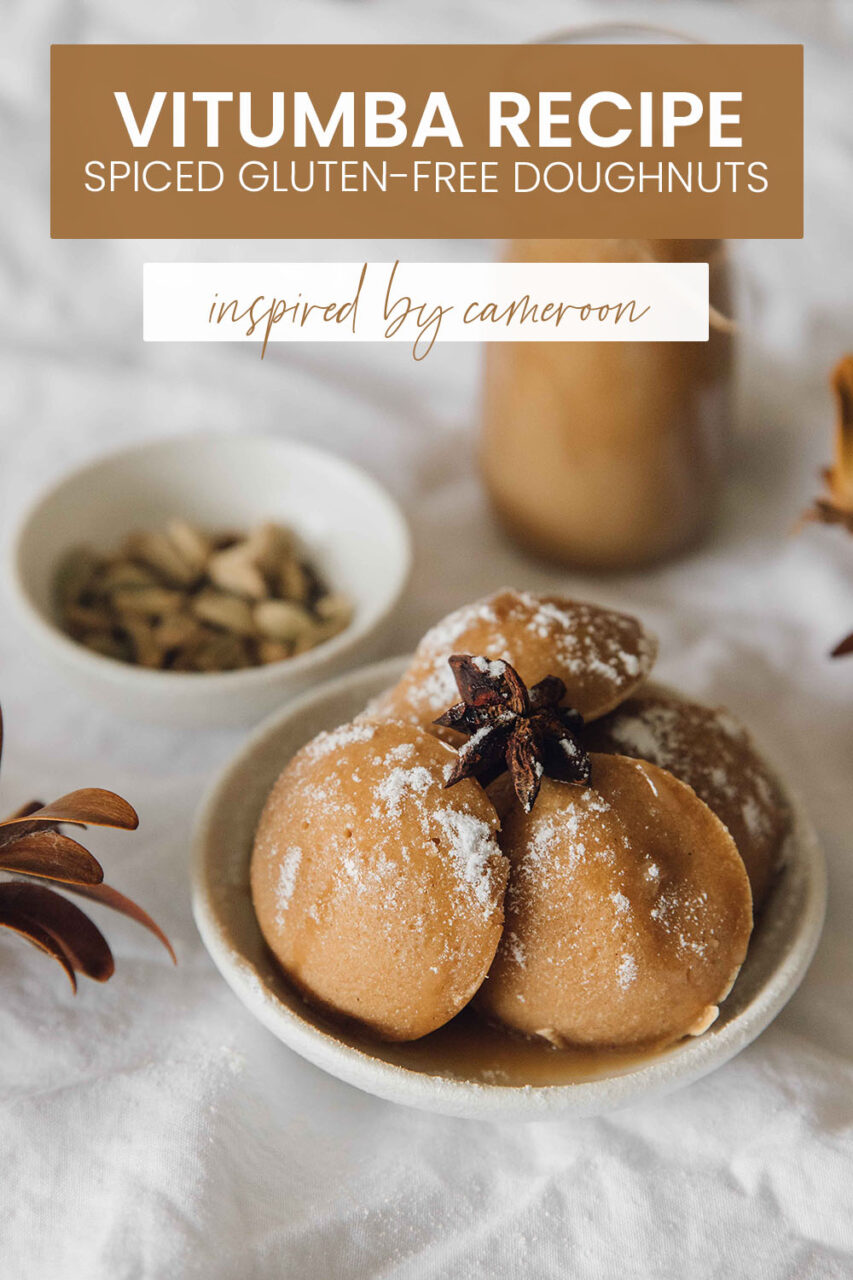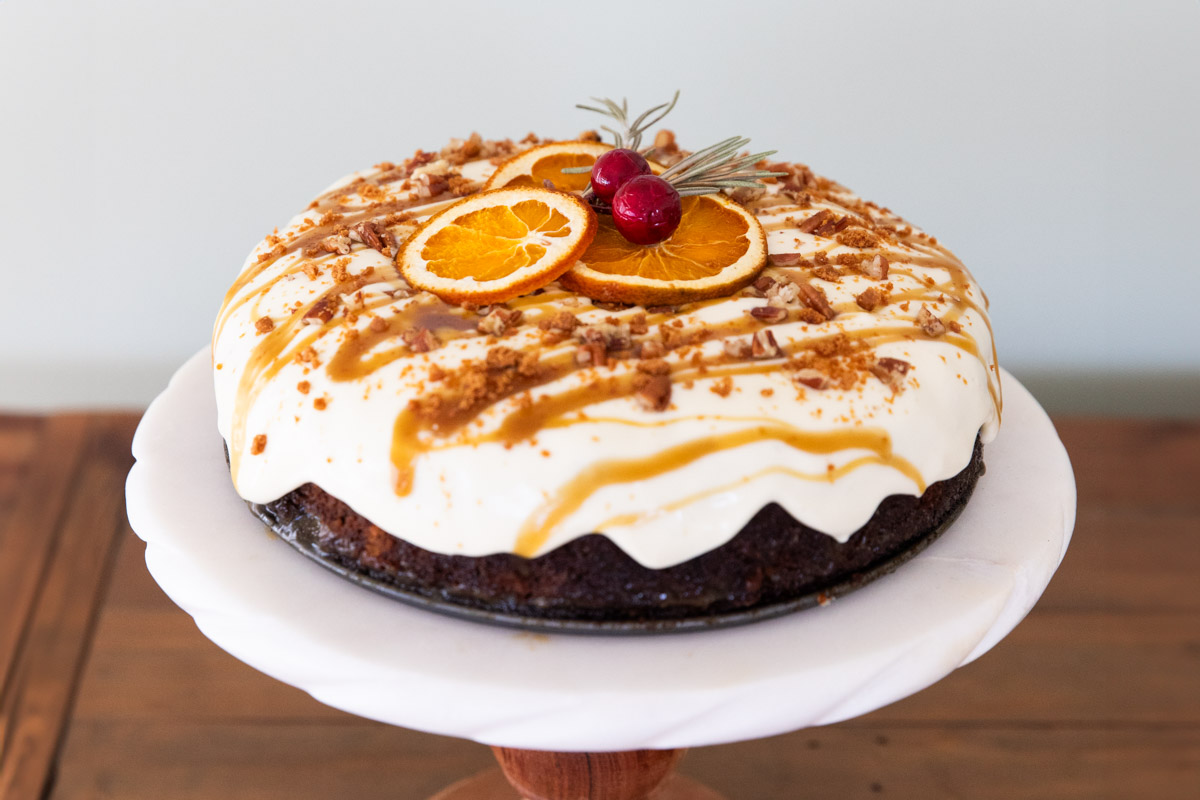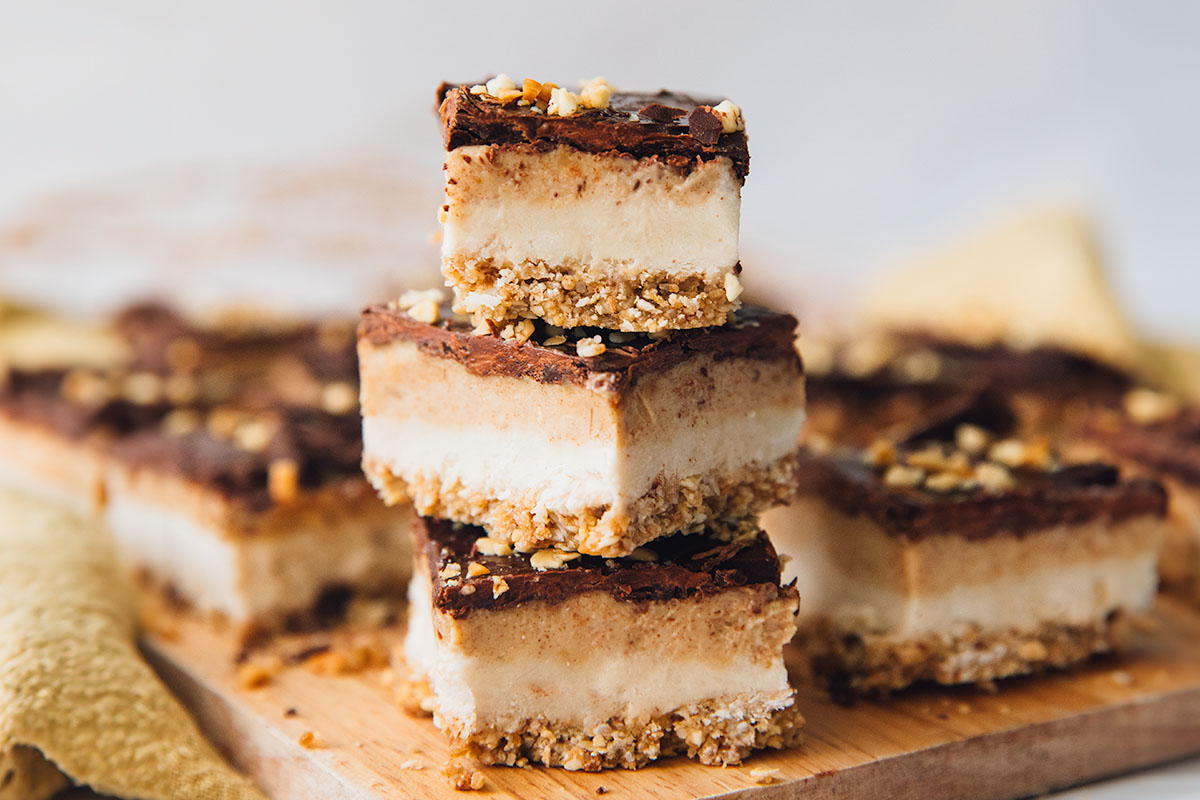Vitumba are a fragrant doughnut from Cameroon made from a batter of rice flour and coconut milk. Lightly spiced with cardamon and nutmeg, they are particularly delicious when served with a salted caramel dipping sauce.
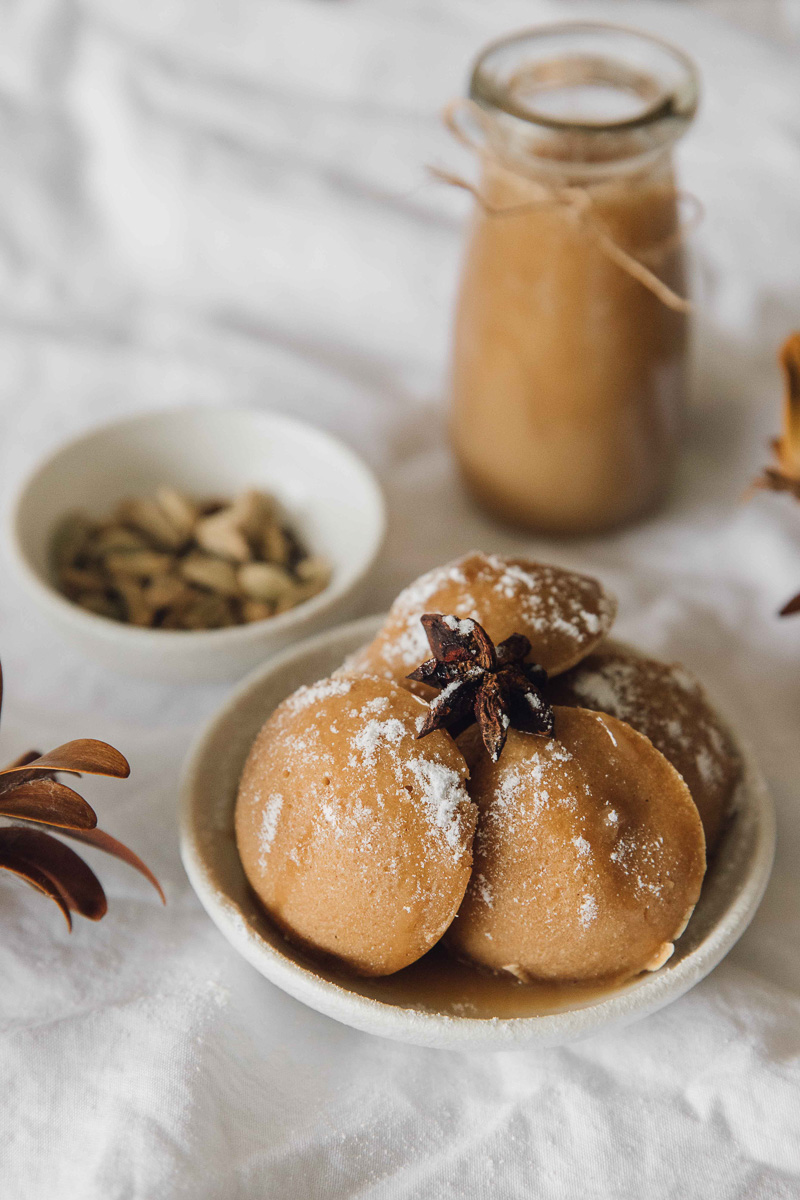
Overview of Cameroon
Positioned between Central and West Africa, Cameroon is often referred to as “Africa in miniature”, due to the diversity of its culture and landscapes. To give an idea of its cultural diversity, from a population of 25 million, over 250 languages are spoken.
It’s cultural diversity is a result of its position as the crossroads between the continent, as well as its history of colonisation by Germany, France and the United Kingdom. In terms of geographic diversity, you’ll find everything: beaches, deserts, savannahs, rainforests and mountains are all found within its borders.
History of Cameroonian Cuisine
This diversity also carries over to Cameroonian cuisine. The country is blessed with very fertile soil, meaning a variety of fruits and vegetables are grown. The staple foods eaten by Cameroonian vary by region due to its geographic diversity as this affects what grows locally. In the South, root vegetables such as yams, cassava and plantains are staple foods. In the north, corn, millet and peanuts form the basis of the diet.
Throughout the country, the cuisine is characterised by bland, starchy foods that are paired with spicy sauces. In terms of protein, meat on skewers and fried and roast fish are all quite common. Fresh fruit is also plentiful throughout the country, particularly mangos, bananas, pineapples and papaya. Compared to some African nations, Cameroon is reasonably vegetarian-friendly.
Popular Cameroorian Vegetarian Dishes
- Vitumbua (Coconut Rice Doughnuts) A batter made of rice and coconut is cooked in sphere shapes to resemble small round doughnuts, then coated with cardamon icing sugar.
- Koki Corn (African Corn Tamales) – Fresh corn, cornmeal, spinach and palm oil are wrapped in a banana leaf then steamed before serving.
- Accra Cassava– This popular street food consists of fritters made of cassava. They are crunchy on the outside and chewy inside, and are best enjoyed hot off the pan.
- Corn chaff- A hearty Cameroonian stew made of corn and beans that are slowly simmered with onions, palm oil, tomatoes and various spices.
- Sangah- This simple dish is a Cameroonian specialty that is a cross between a stew and porridge. It is made of cassava leaves that are mashed up with palm oil and maize.
- Kpwem– Similar to Sangah, young cassava leaves are pounded and combined with ginger, salt, onions, garlic, then boiled with peanut butter in water until the mixture is smooth.
Vegetarian rating of Cameroonian Cuisine:
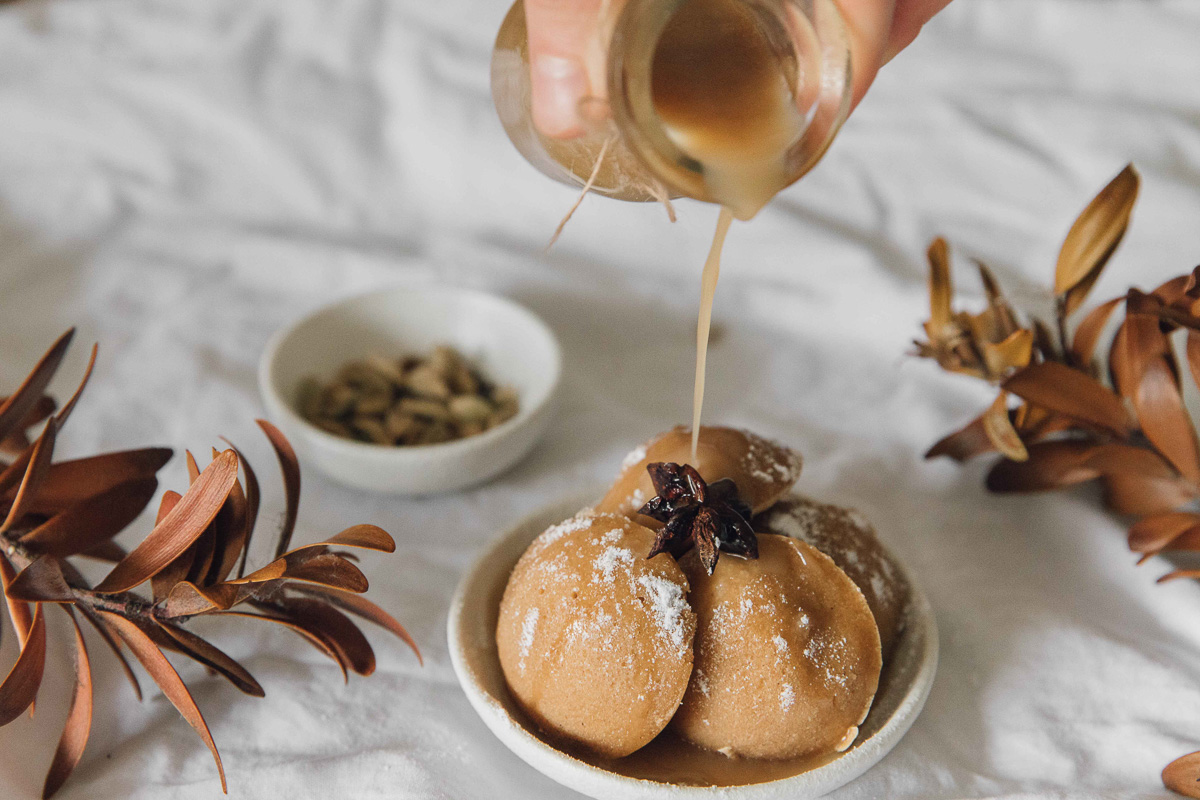
Making these Spiced Gluten-free Doughnuts
It seemed like a great idea at the time, making doughnuts for the first time when we were having a bunch of guests over to our house. When researching Cameroonian cuisine, we came across these doughnuts called Vitumba, which were made from rice and coconut.
One of our brunch guests was vegan and gluten-free, so we figured it was the perfect recipe to whip up and *surely* it couldn’t be that difficult. Or so we thought. As you can probably tell by the photo below, not everything went smoothly in our kitchen that fateful morning.
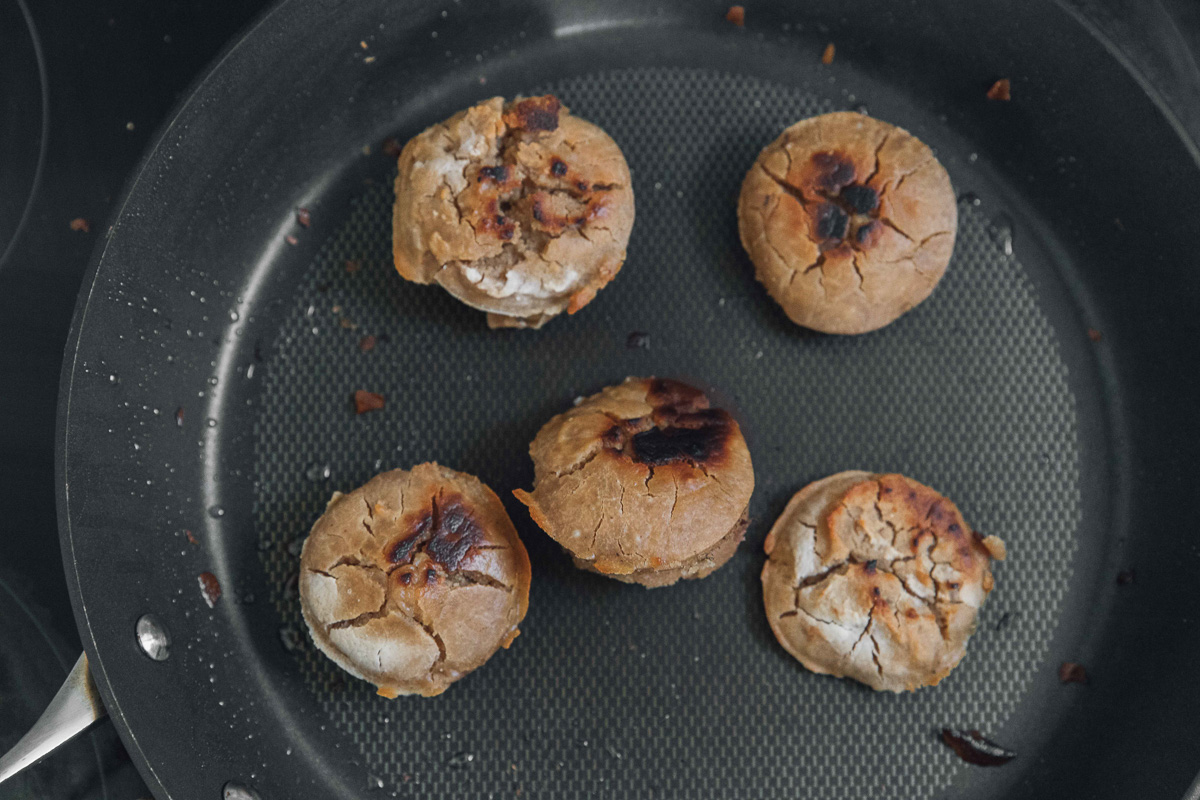
The mistakes we made when making vitumba
Our first (and biggest mistake) was using dead yeast. Of course, we didn’t realise the yeast was dead until our guests were minutes from arriving and our doughy boys weren’t rising. Alas, our doughnuts turned out rather flat and dense, rather than light and fluffy like they should have.
Our second mistake was trying to bake our Vitumba in the oven. For this recipe, you are meant to use a special pan with half spherical moulds. Many countries have their own version of this- there is the Danish Aebleskiver, the Indian Paniyaram, the Japanese takoyaki.
No doubt there is an English version as well, probably called something generic like a round pancake pan. We couldn’t track one of these pans down in time, so we used half spherical silicone moulds in the oven instead. Technically this should still work for making vitumba, however with the aforementioned dead yeast problem, we were doomed either way.
Now, please don’t let our tales of failure put you off making Vitumba for yourself. After all, these doughnuts are a favourite treat in Cameroon for good reason. Surprisingly enough, our guests still seemed to really like the taste of our Vitumba, even if they weren’t quite how we pictured them to turn out. Of course, we are always our worst critics. Anyway, hopefully you can learn from our mistakes so you can make a flawless batch of these doughy boys.
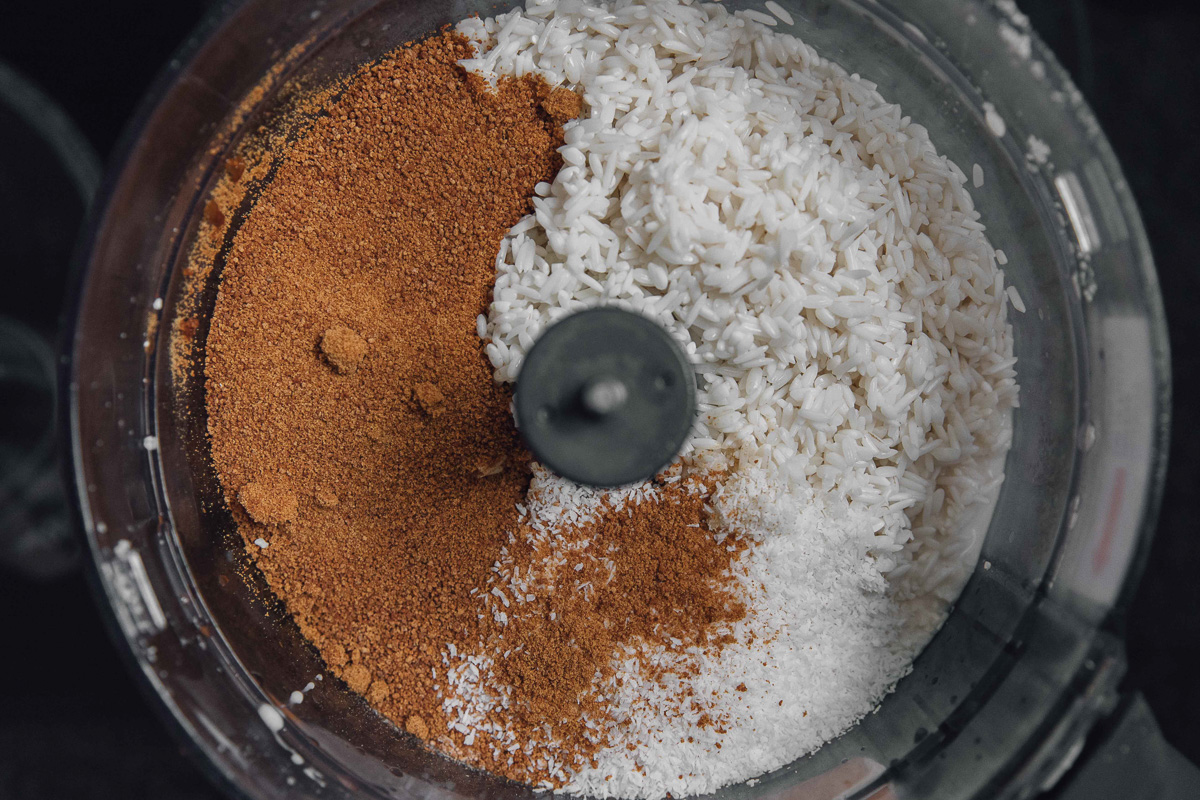
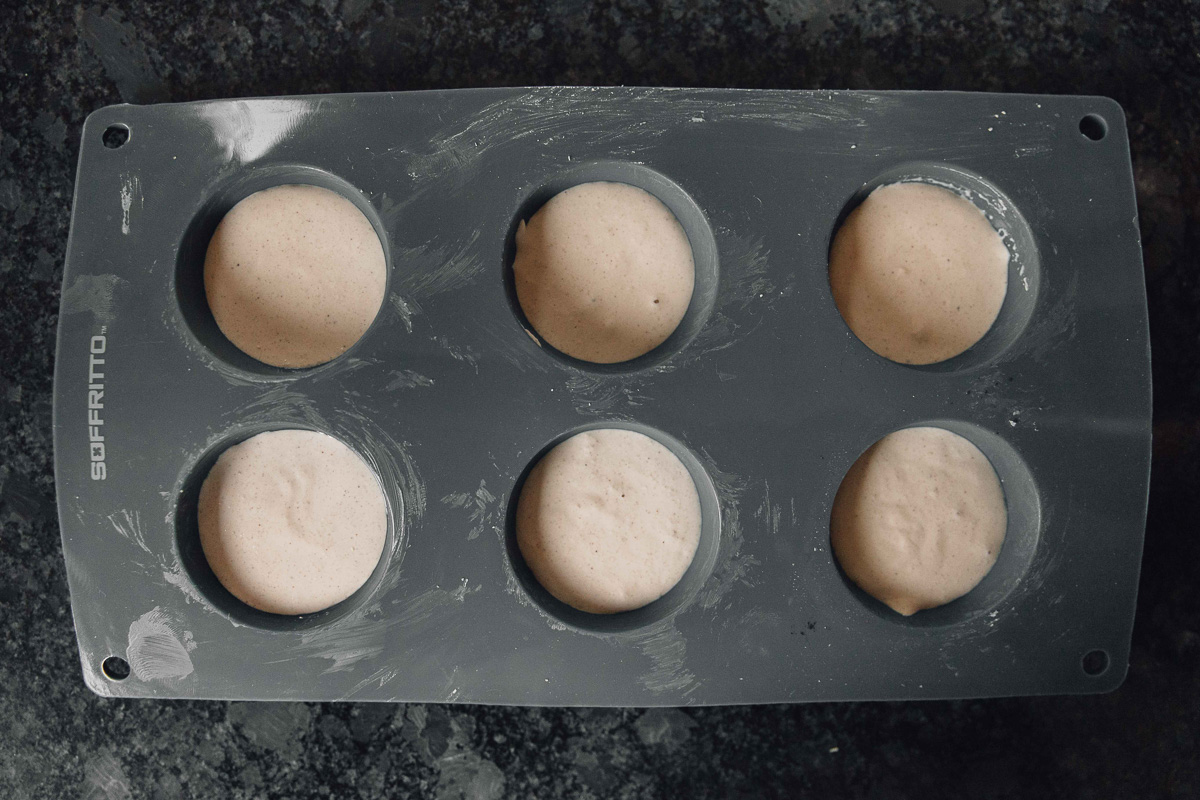
How to make this Vitumba recipe
Despite what you’ve probably assumed from our baking fail, these gluten-free doughnuts are actually pretty quick and easy to prepare. They require minimal resting time and minimal cooking time, meaning they come together in less than an hour.
- If you are using making your own rice flour, just make sure you pre-soaked it the night before. Otherwise, use rice flour as mentioned in the recipe.
- Whisk together dry ingredients, then make a well and whisk in wet ingredients.
- Leave batter to rest for 30 minutes.
- If using a Vitumba pan, grease and fill each slot with batter and cook for a few minutes on each side. If using the oven, grease and fill moulds and cook for 7 minutes on each side or until golden.

Ingredient notes for this Vitumba recipe
- Rice flour- You can either buy ready-made ground rice flour like we did, or you can make your own. If you choose to make your own, soak 2 cups of rice overnight (or for at least 4 hours) before draining all the water before blending with all of the ingredients in a food processor.
- Coconut sugar– If you don’t have coconut sugar, feel free to substitute for any other kind of sugar.
- Coconut milk– For this recipe, full-fat coconut milk works best. One 400ml tin should work.
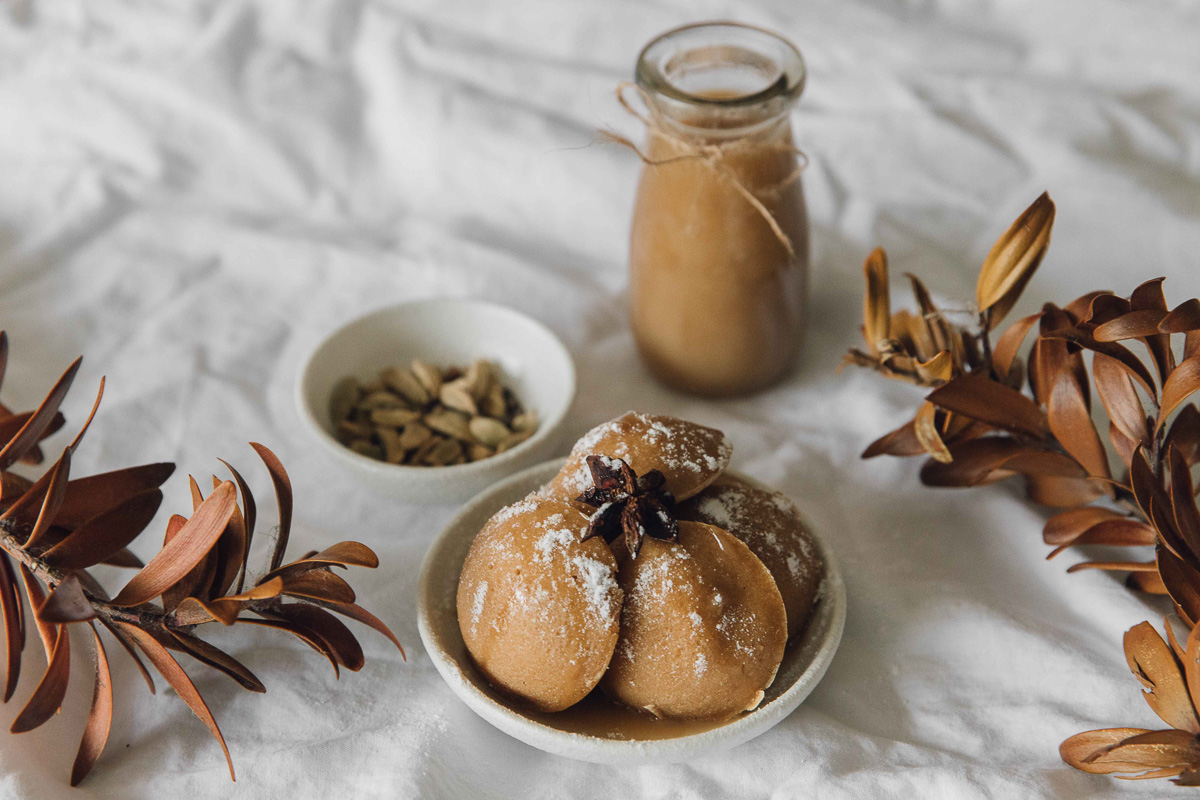
Serving suggestions for this Vitumba recipe
These coconut rice doughnuts are best served hot off the pan, sprinkled with icing sugar. We served them with a delicious salted caramel dipping sauce, which is optional but highly recommended. They are also particularly good accompanied by chai tea as the spice flavour profiles go wonderfully together.
Other sweet treats to try:
- Chocolate, Date & Almond Bliss Balls
- Belgian Liege Waffles Recipe with Speculoos Sauce
- Vegan Coconut Tarts Recipe: A Belize Dessert
Liked this vitumba recipe? Pin it for later!
